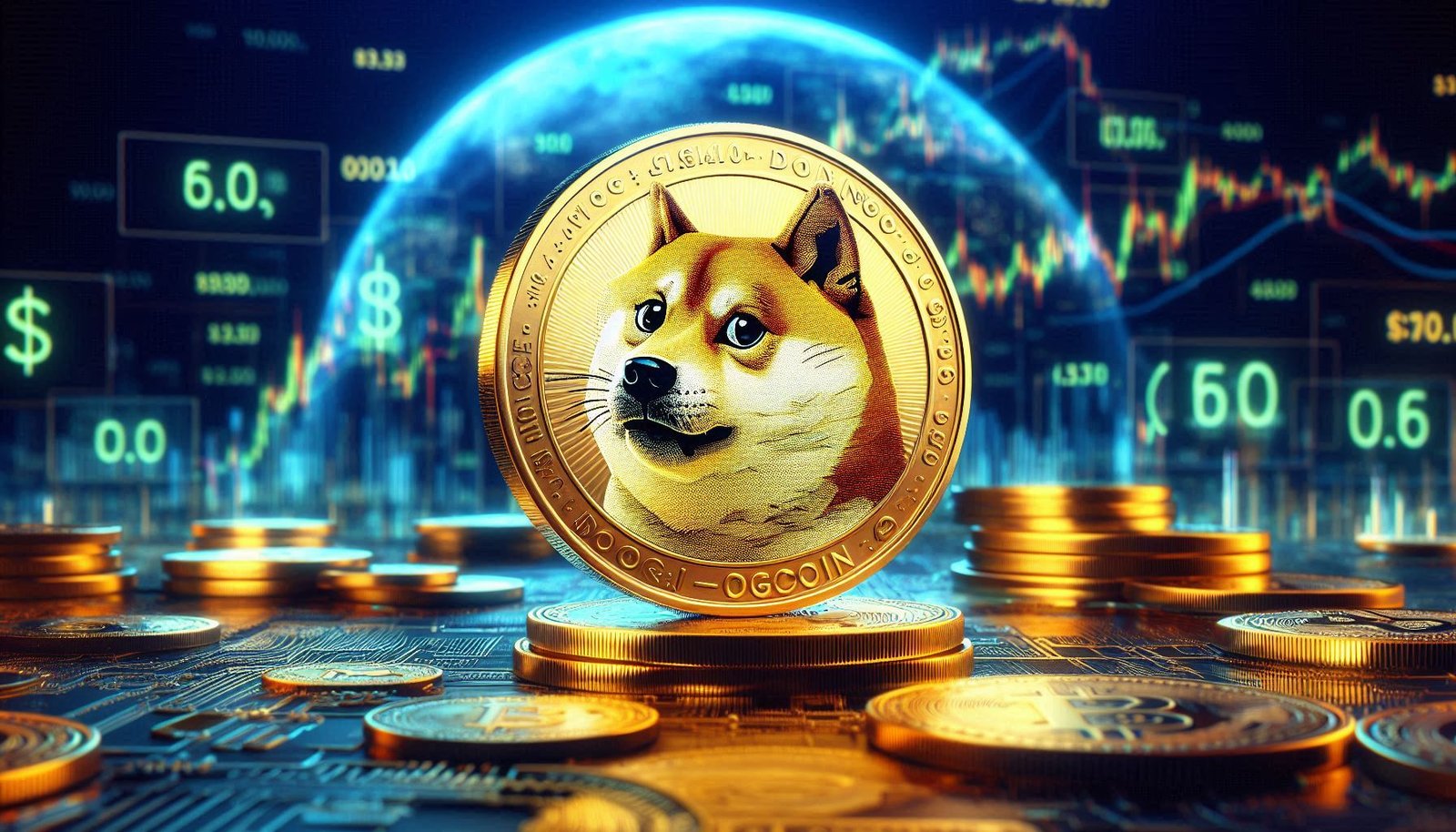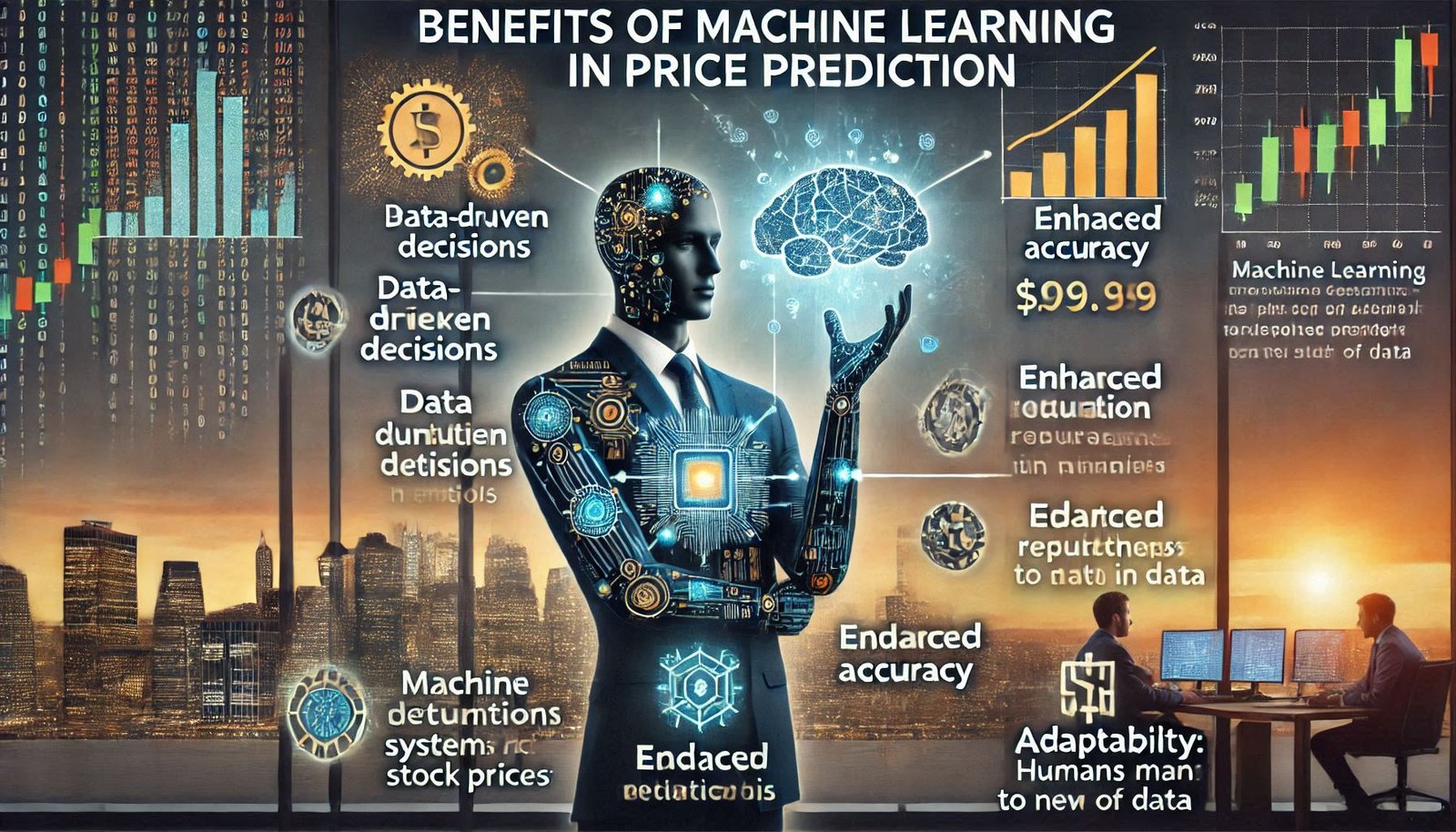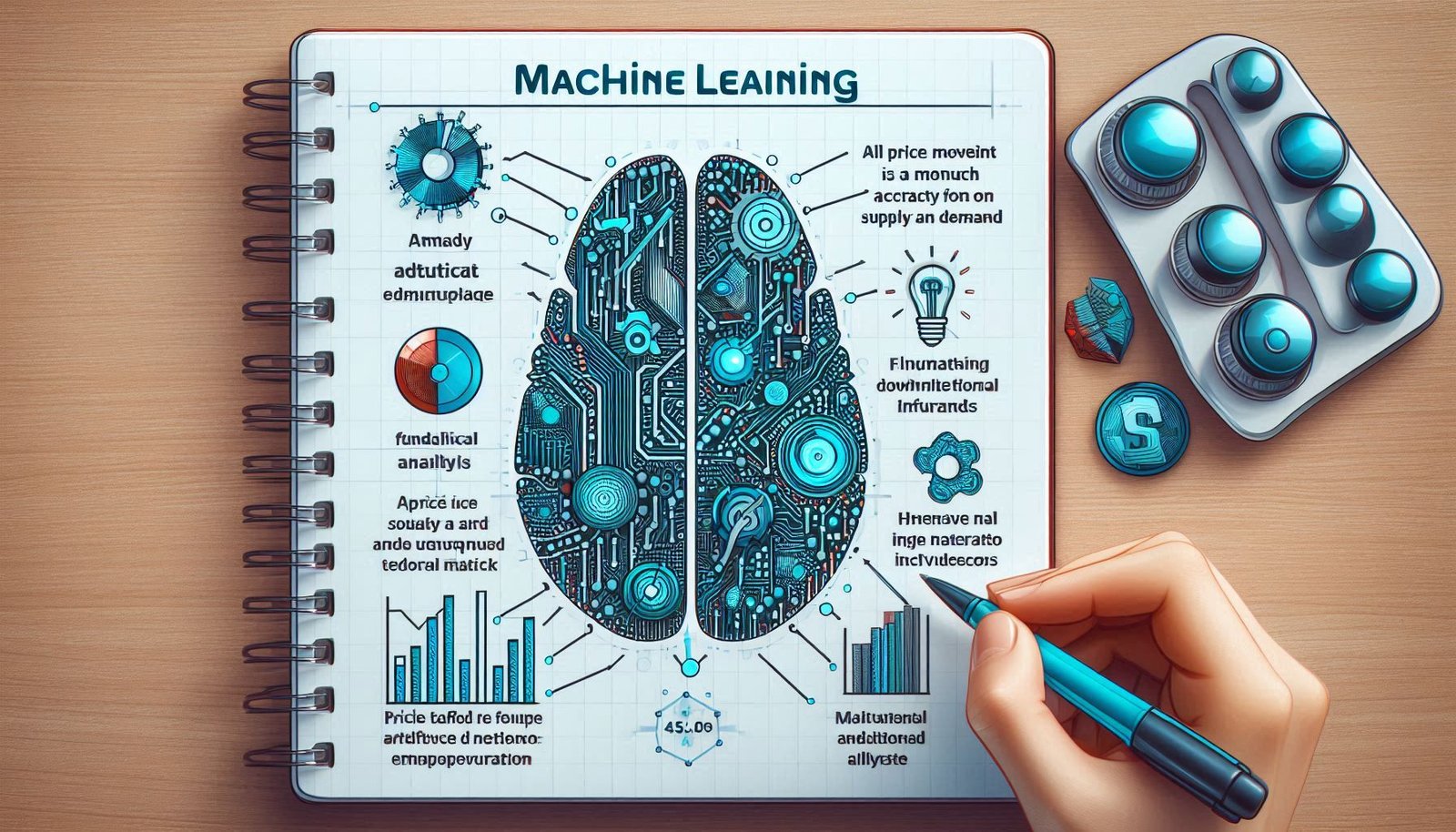The world of cryptocurrencies has found a permanent place in the financial spectrum, and Dogecoin can be credited with its own buffer. Dogecoin was originally created as a joke but has become wildly popular and has a devoted following. With an increasing amount of individuals looking to start trading or investing in dogecoin, it only makes sense to want accurate predictions on price movement. Due to the high volatility of cryptocurrencies, however, traditional methods of price forecasting may not always be effective. ML (machine learning) is one of the most powerful tools to predict Dogecoin prices, helping investors and traders to make informed investment decisions. This article will help in understanding the techniques involved in the Dogecoin price prediction with machine learning and how they can prove beneficial in the future.

What is Dogecoin?
It began as a joke, and is now the second biggest cryptocurrency by market cap. This also contributed to the popularity of dogecoin because of its low transaction fees and input-processing times. However, despite these advantages it is highly volatile and the price of Dogecoin can change wildly due to news fanfare and shifting market sentiment.

Who owns DOGE?
In 2013, Billy Markus and Jackson Palmer created Dogecoin. As a decentralized cryptocurrency, it has no central entity or person that owns it. Instead, it is owned by anyone who holds DOGE tokens. The community and holders play a significant role in its development and usage.

Why Machine Learning for Dogecoin Price Prediction?
The task of predicting Dogecoin Price Prediction with Machine Learning is not an easy one. Dogecoin’s price can be affected by many things as well since the cryptocurrency market, in general, is very volatile. Machine learning provides an organized method to process big datasets, detect patterns, and forecast future pricing.
Benefits of Machine Learning in Price Prediction:
-
Data-Driven Decisions: Unlike human decision-making, which is often influenced by emotions and personal bias, machine learning systems are built to base their decisions on data and patterns.
Enhanced Accuracy: ML models can process large quantities of data in stock prices and identify complex relationships that humans may not be able to detect in such a large amount of data.
- Adaptability: These models can adjust to new data over time, allowing them to improve and provide more accurate predictions as the market evolves.

How Machine Learning Works for Price Prediction
In this chapter, we leverage both historical data and Dogecoin styles to learn patterns that could predict the future Dogecoin prices. Here is how it generally works:
-
Step 1: Data Collection The first significant step involves collecting historical data related to Dogecoin Price Prediction with Machine Learning , such as its past prices, trading volumes, market sentiment, and additional relevant factors
-
Step 2: Feature Selection The next step is to select the most important features or variables that can help the model make accurate predictions. Some of the relevant features could include price movement, trading volume, social media sentiment, technical indicators and news events around Dogecoin.
-
Step 3: Training the model Machining learning algorithms are used to train using the data that turn the relationship between the selected features and the Target variable (Dogecoin price).
- Step 4: Prediction After the model is trained, it can be used to predict future Dogecoin Price Prediction with Machine Learning based on the input data.
- Step 5: Evaluation Upon reaching the end of the train-test data, the model is then evaluated on a number of metrics to check their performance. You can tune the model, or retrain it if needed, to increase the accuracy of predictions.
Key Machine Learning Techniques for Dogecoin Price Prediction
The role of machine learning in price prediction will continue to be critical as the cryptocurrency market matures. Advantages of machine learning in the future:

1. Linear Regression
One of the basic approaches to predict a continuous target variable (in our case Dogecoin Price Prediction with Machine Learning) is linear regression. It presumes a linear connection between the independent variable and a dependent variable.
- Advantages: Any comments on ease of implementation, interpretability or computability?
- Disadvantages: It can not accommodate very complicated non-linear data in relations.
2. Decision Trees
Decision trees are machine learning algorithms that divides the features into a branching tree based on decision rules. Each branch represents a decision about features (the price or volume or
- Advantages: Can use numerical and categorical data, interpretable.
- Disadvantages: Tendency to overfit the data if the hyperparameters are not tuned well.
3. Random Forests
It is an ensemble method involving decision trees, where the predictions of multiple trees are combined to increase accuracy. By doing so, overfitting is avoided and model accuracy is maximised.
- Advantages: High accuracy, robust to overfitting.
- Disadvantages: Requires more computational power, not as interpretable as single decision trees.
4. Neural Networks
Deep learning models, a class of neural networks, are especially effective at recognizing complex patterns in large data sets. They are made up of many layers of interconnected nodes that mimic the brain’s operations.
- Advantages: Can model highly complex relationships and handle large datasets.
- Disadvantages: Requires a large amount of data and computational power.
Using Machine Learning to Predict Dogecoin Price Prediction with Machine Learning: Benefits Going Forward
Machine learning for price prediction will become increasingly important as the cryptocurrency market matures. Futuristic Benefits of Machine Learning:
1. Improved Accuracy and Precision
As gas continues to flow in from data, ML models will get increasingly smarter. These models will yield increasingly accurate price predictions for Dogecoin by analysing an ever-wider variety of data sources (social media sentiment, news events, global financial trends, etc.)
2. Real-Time Data Analysis
Machine learning models have the ability to analyze real-time data for instant predictions. Since cryptocurrencies are traded round the clock, it would give traders and investors a significant edge, enabling them to forecast prices in real time.
3. Better Risk Management
Machine learning models can evaluate historical data to recognize patterns of volatility in the market and offer perspective on potential risks. It can enable investors to make informed decisions, prevent major losses, and fine-tune portfolios for optimal time investment.
4. Automation of Trading
Trading Strategies: You can automate your trading strategies. Once predictive models are established, trading bots can autonomously execute purchases or sales of Dogecoin Price Prediction with Machine Learning based on anticipated price fluctuations, minimizing human involvement and streamlining the trading process.
5. Adaptability to Market Changes
The cryptocurrency market is dynamic, and machine learning algorithms can adapt quickly to new trends and data. With some market and technology features either evolving or changing with time, machine learning algorithms will be further improved and continue to be situational in the future.
Comparison of Machine Learning vs. Traditional Price Prediction Methods
To understand the potential benefits of machine learning, let’s compare it with traditional methods of price prediction:
| Method | Accuracy | Complexity | Adaptability | Speed |
|---|---|---|---|---|
| Machine Learning | High | High | Very High | Fast |
| Technical Analysis | Medium | Medium | Low | Medium |
| Fundamental Analysis | Medium to Low | High | Low | Slow |
Key Takeaways:
- Machine learning
Machine learning has the advantage of much higher accuracy and adaptiveness than traditional approaches, such as technical and fundamental analysis.
- Technical analysis
The technical analysis approach is easier to implement but might lack the flexibility to respond to sudden changes in the market.
- Fundamental analysis
All price movement is a function of supply and demand and thus price is formed upon external influences, because of its very nature fundamental analysis is inherently slow and as such is poorly suited for forecasting short-term price action.

FAQs about Dogecoin Price Prediction with Machine Learning
1. Can machine learning predict Dogecoin prices with 100% accuracy? Dogecoin Price Prediction with Machine Learning
Machine learning does not predict prices 100% accurately, since cryptocurrency markets are affected by various unpredictable processes. That said, an ML model might yield fairly good predictions in accordance with historical data and tendencies.
2. What data do I need to train a machine learning model for Dogecoin prediction?
The data required to train a model may include historical price data, trading volume, social media sentiment, news articles, and technical indicators. More data, mean better model, train right?
3. Which machine learning model is best for predicting Dogecoin prices?
It is not possible to give a general answer. If you have the data and if the relationships in the data are complicated enough, it is up to the data to decide. Examples of these models are Random Forest, Neural Networks, Decision Tree (and much more), which each have their shortcomings and areas of strength.
4.Can DOGE reach 1 dollar?
It’s possible, but highly uncertain. DOGE’s price depends on market conditions, demand, and investor sentiment.
5. Does Dogecoin have a future?
Dogecoin has potential due to its community and celebrity backing. However, its future depends on broader market trends and continued adoption.
6. Can Dogecoin reach $20?
7. Can Dogecoin go to $100?
Reaching $100 would demand massive adoption and mainstream use of dogecoin, something highly speculative. Its value is primarily based on the community support and market sentiment, not on fundamentals.
Conclusion
One of the best twists to predict health of Dogecoin price or any other cryptocurrency is through machine learning. Such technology allows for fast analyses of trends, enabling investors and traders to make data-based decisions, minimizing human error while maximizing the opportunity to profit from market developments. Once again, it’s not perfect, but the potential for accurate, real-time predictions becomes greater as the technology progresses. One thing is clear, however, machine learning will continue to be an integral part of the cryptocurrency market, offering more advanced risk management, trading algorithms, and price forecasting in the future.

Best